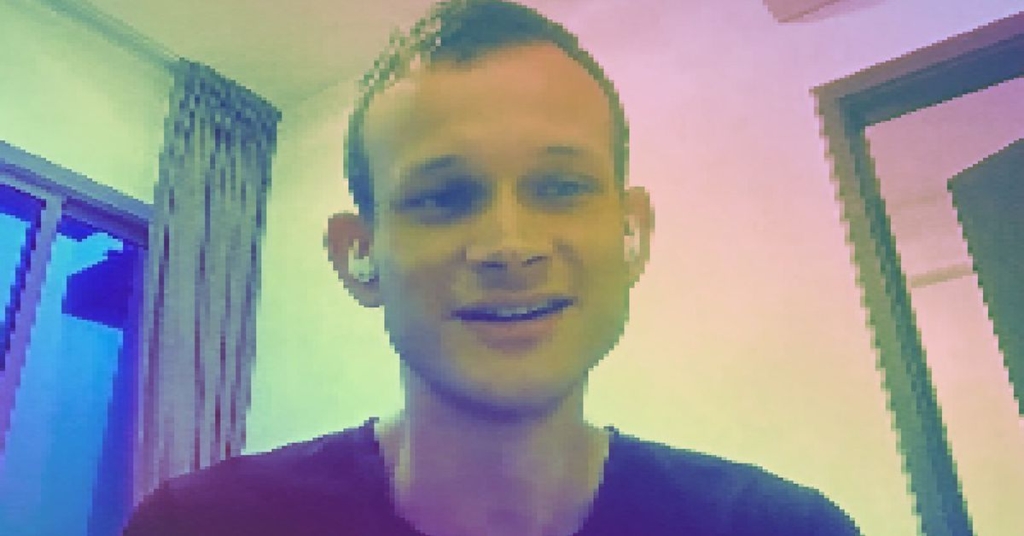Ethereum co-founder Vitalik Buterin, who argued three years ago for pushing more of the blockchain’s computational load onto affiliated networks known as “layer-2 networks” or “rollups,” has just outlined a plan to take some of the functions back onto the main chain.
His idea for an “enshrined zkEVM” could prove disruptive, since prominent layer-2 projects, including “ZK-rollups” from Polygon, Matter Labs and Scroll, have invested heavily in fulfilling the earlier roadmap. The new networks are already up and running, and the project leaders have been working to recruit developers and already attracted billions of dollars in user deposits.
The acronym “zkEVM” is a mash-up of “zk,” which stands for “zero knowledge,” a type of cryptography that is seen as the leading technology for powering future generations of blockchains; and “EVM,” which stands for Ethereum Virtual Machine, the programming environment that most Ethereum applications run on.
The new rollup networks from Polygon, Matter Labs and Scroll each have some version of a zkEVM baked into their systems. The networks work by bundling up transactions from users – to lessen the load on Ethereum and speed things up for end-users. They pass the bundled transactions back down to the “layer 1” Ethereum network with a cryptographic guarantee, called a zero-knowledge proof, that they have been recorded correctly.
In his latest blog post, posted on the Ethereum Foundation’s website, Buterin wrote that so-called “light clients” – a skimpier and less data-intensive way to read and verify data on a blockchain, as opposed to hardware-heavy full nodes – will get “more and more powerful” over the next few years. Ethereum’s light clients will “pretty soon get to the point” where they can use zero-knowledge cryptography to fully verify transactions executed on the layer-1 chain.
“At that point, the Ethereum network will effectively have a built-in zkEVM,” Buterin wrote. “So the question arises: Why not make that zkEVM natively available for rollups too?”
What’s left for layer-2 blockchains?
Buterin’s comments come as ether (ETH), the native cryptocurrency of the Ethereum blockchain, has lagged behind tokens from rival blockchains as digital-asset markets rallied this year. Ether has climbed by 84%, while Solana’s SOL has jumped more than eight-fold in price and Avalanche’s AVAX has tripled. Bitcoin, the biggest cryptocurrency, has gained 153%.
According to Buterin, who has for years pushed Ethereum down a “rollup-centric” roadmap, there would still be a role for the layer-2 networks under his new plan.
“The EVM verification functionality, which layer-2 teams currently implement by themselves, would be handled by the protocol, but layer 2 projects would still be responsible for many important functions,” he wrote.
It gets pretty technical, but those would include “fast pre-confirmations,” “MEV mitigation strategies,” “extensions to the EVM” and “user and developer-facing conveniences,” according to Buterin.
“Layer 2 teams do a lot of work attracting users and projects to their ecosystems and making them feel welcome,” Buterin wrote. “They are compensated for this by capturing MEV and congestion fees inside their networks. This relationship would continue.”









Comments are closed.